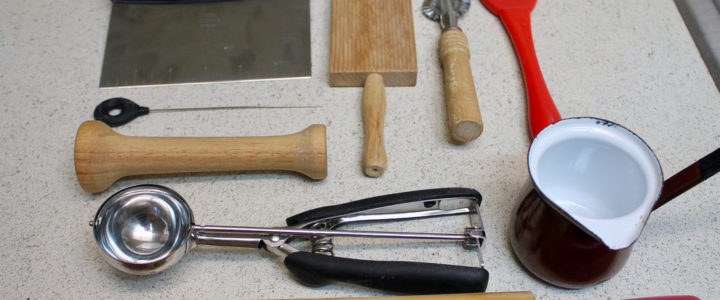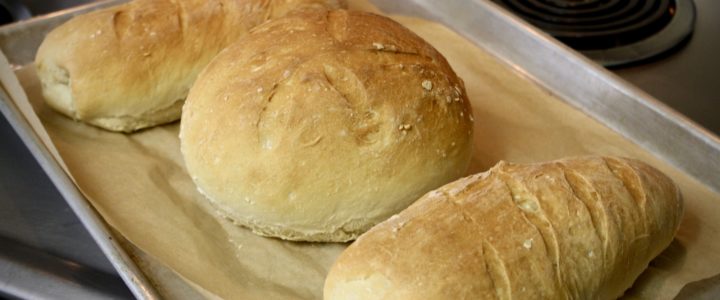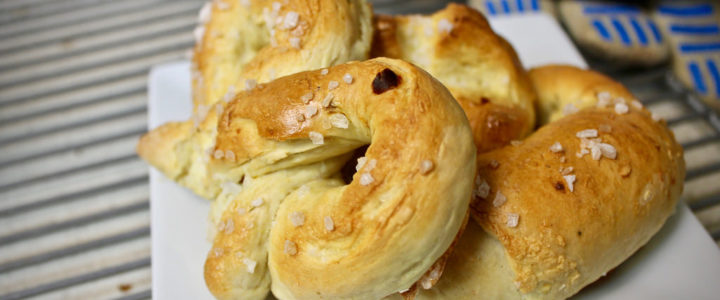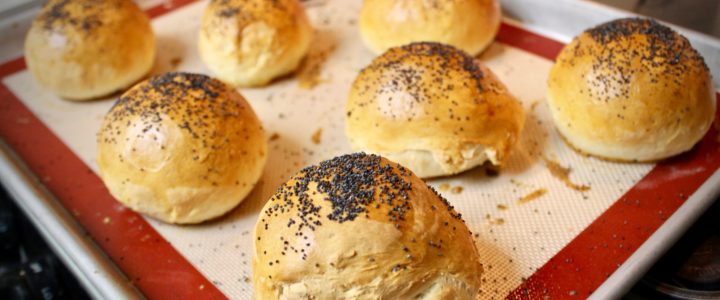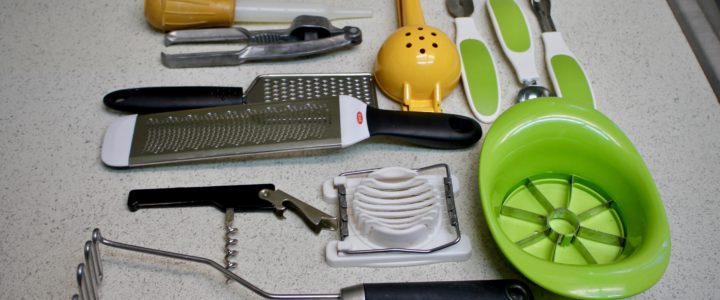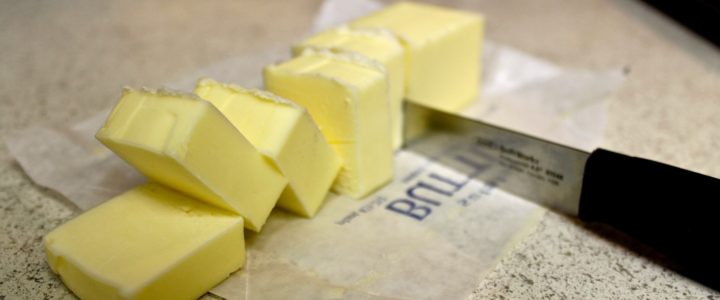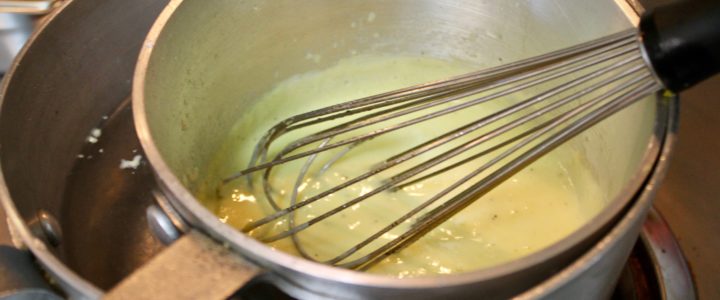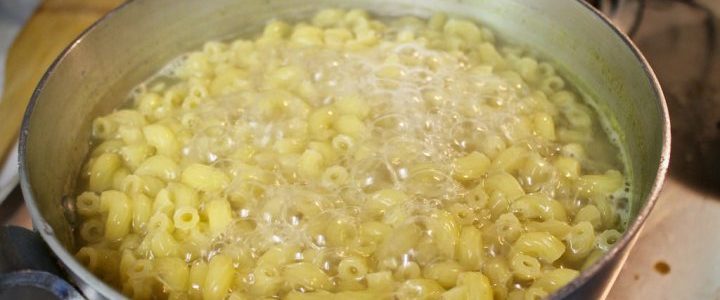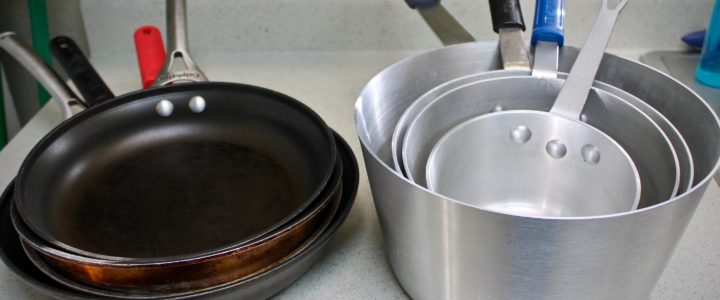19-7: Fresh and Dried Herbs has been a recipe-in-the-making for a few months. I mention frequently that I often write these entries months after I complete the actual recipe, but this one actually took me that long TO complete.

Usually, these Cooking School cards don’t have too much in the way of actual recipes–often times it’s more like the card above, more recommendation than actual recipe. I’m not going to restate what they’ve written here–it’s all good advice. Jump behind the cut for some herb blend recipes as well as a DIY vinegar challenge and BONUS limoncello recipe.
Read more


